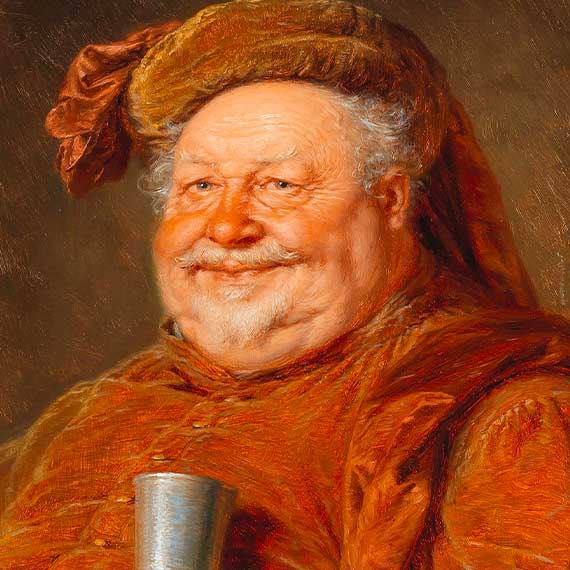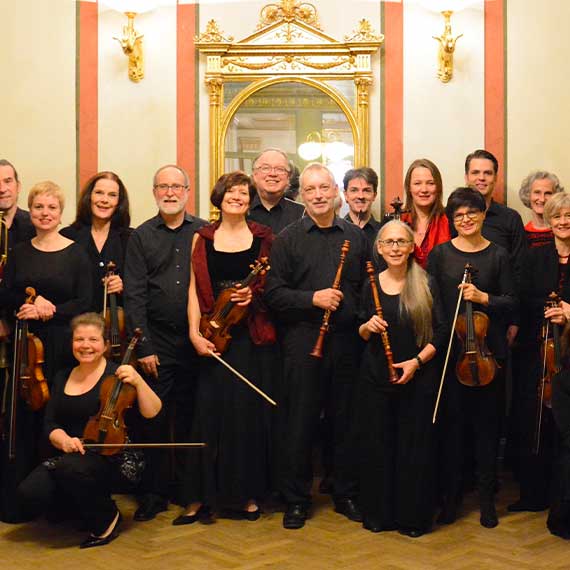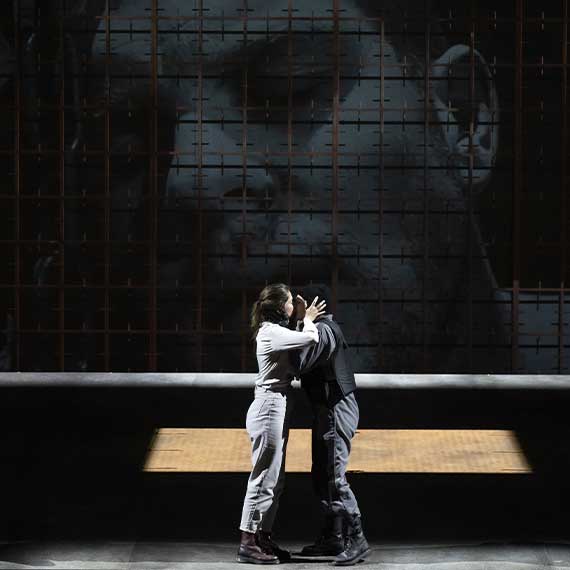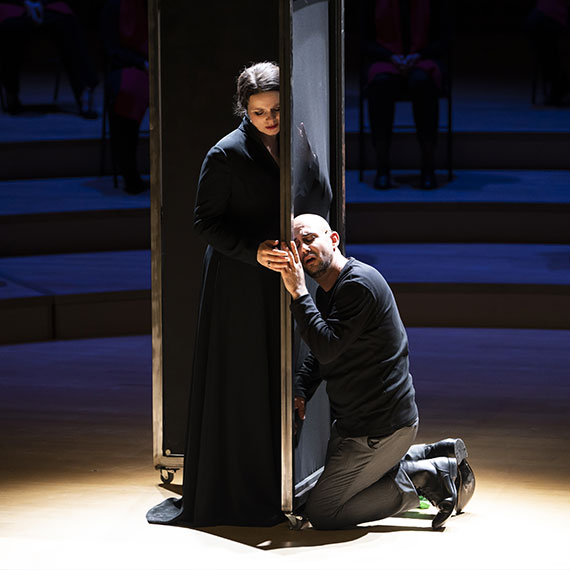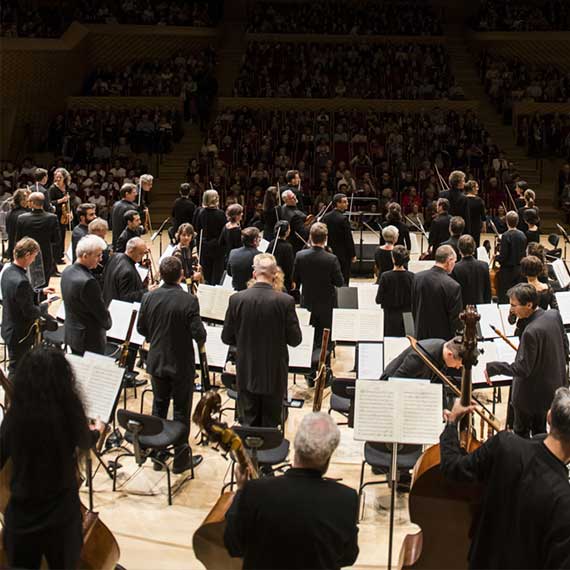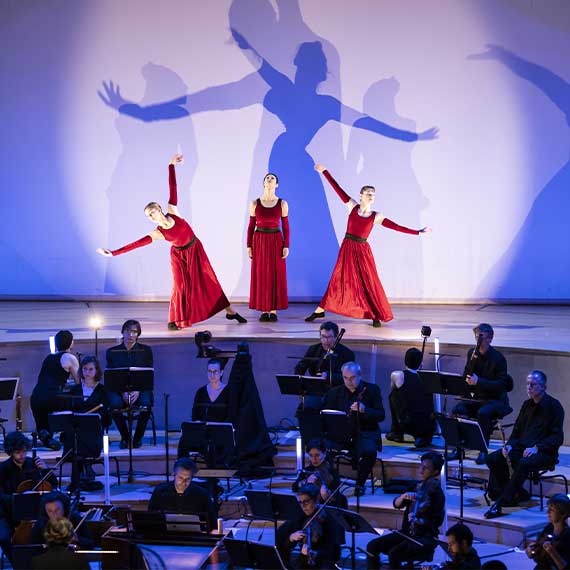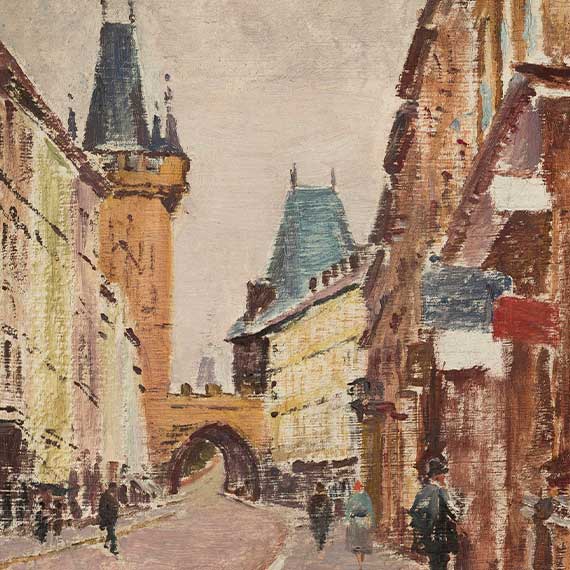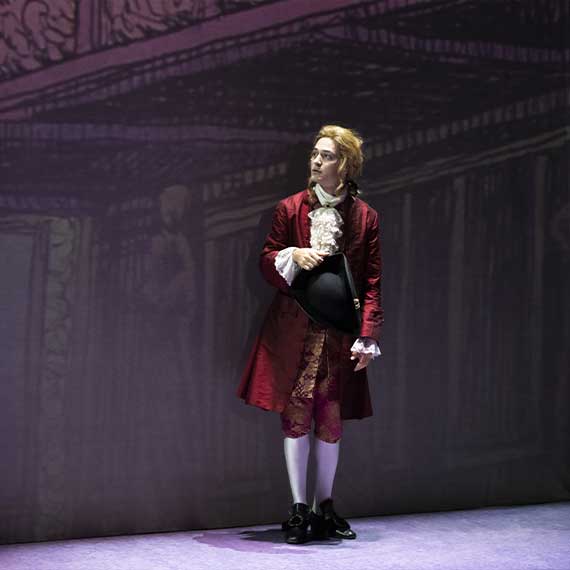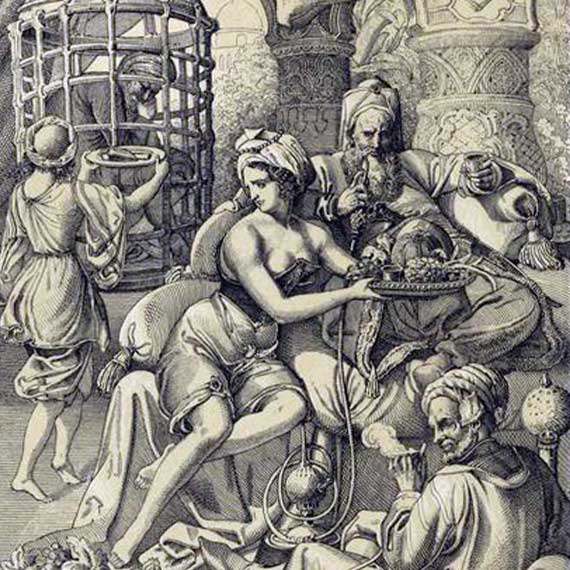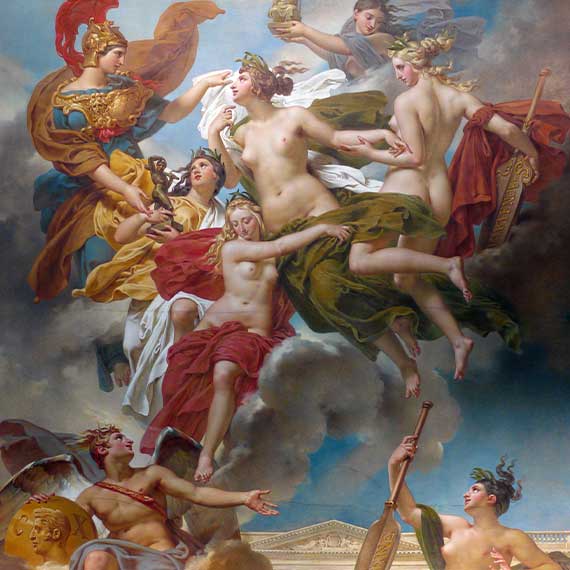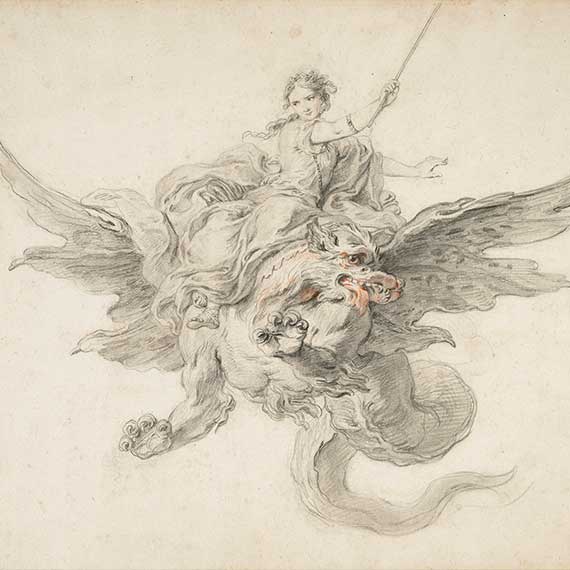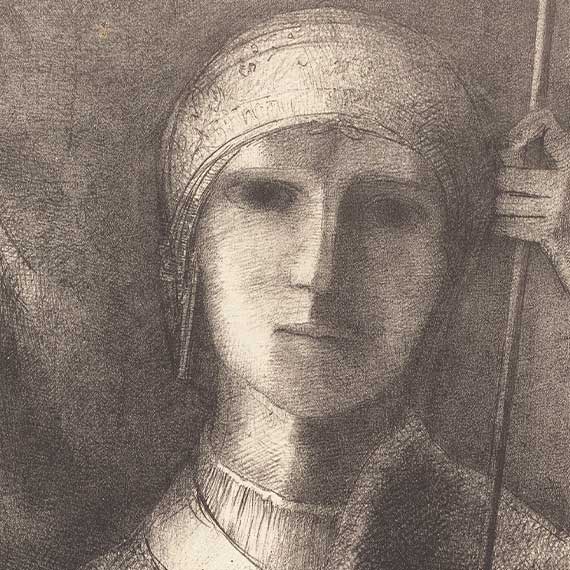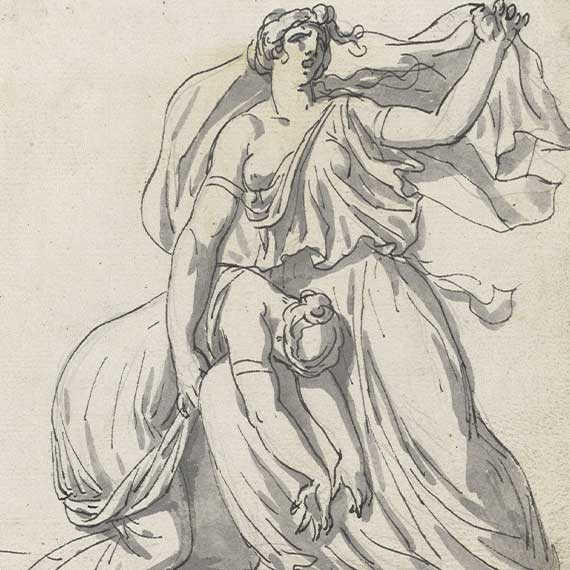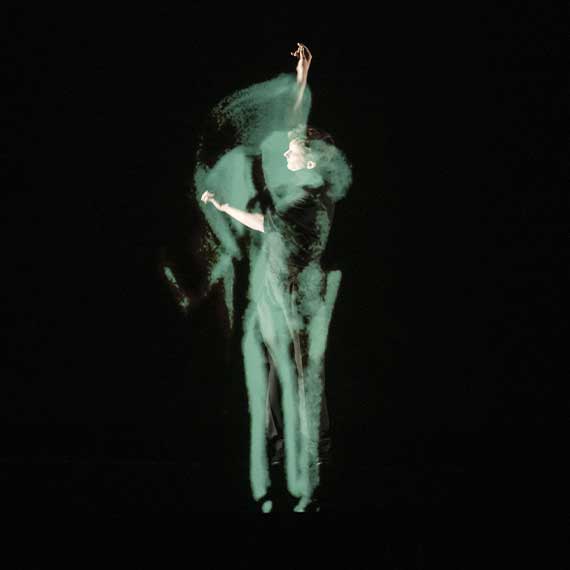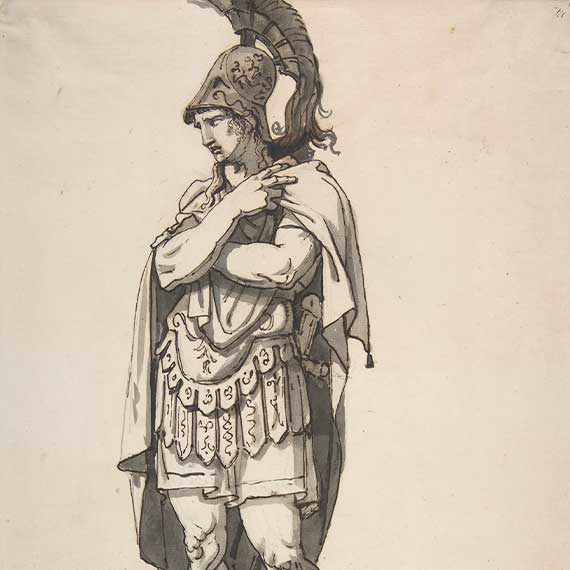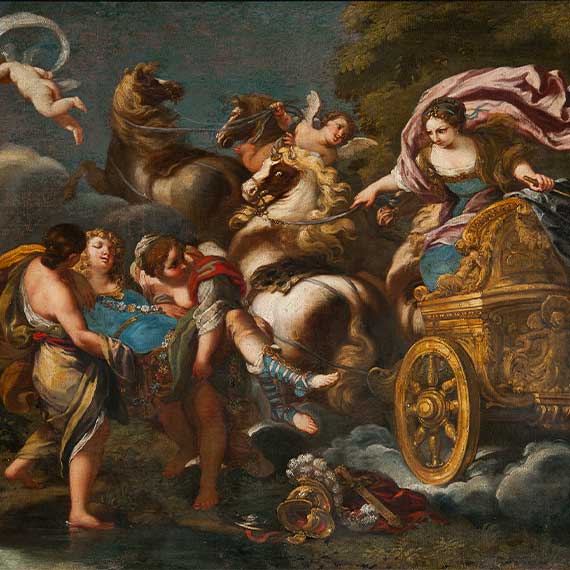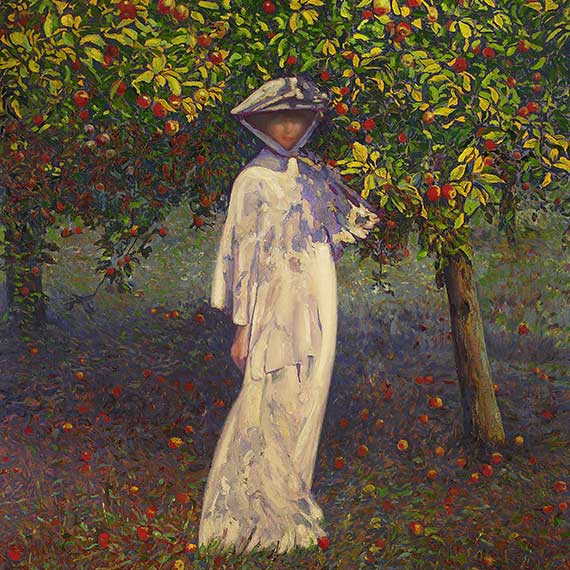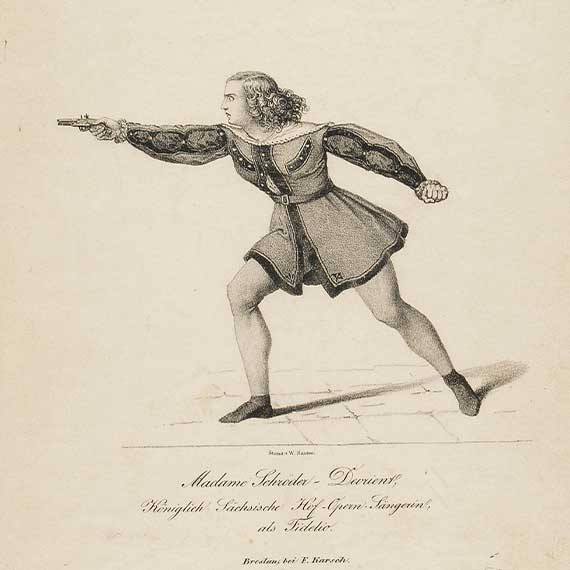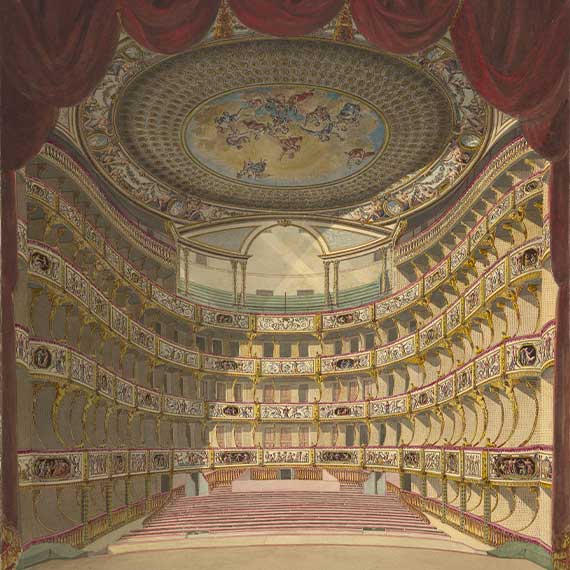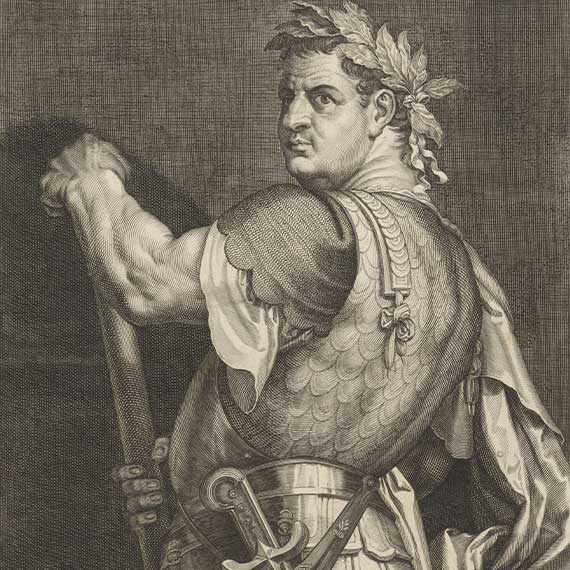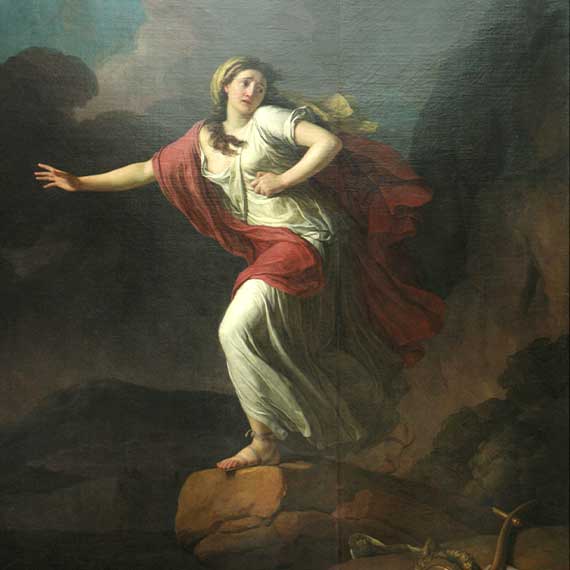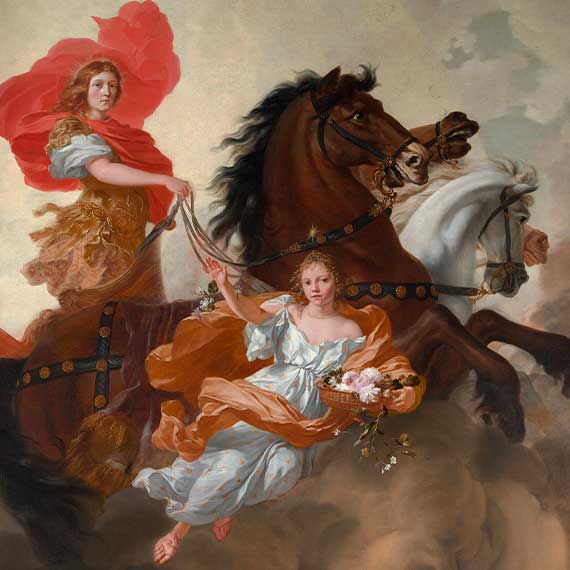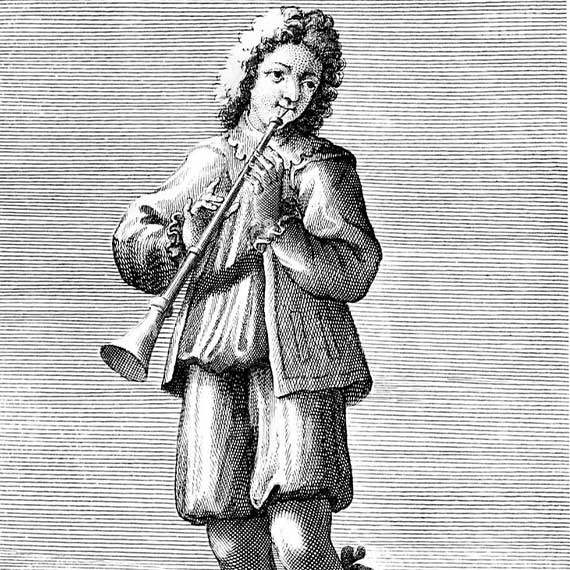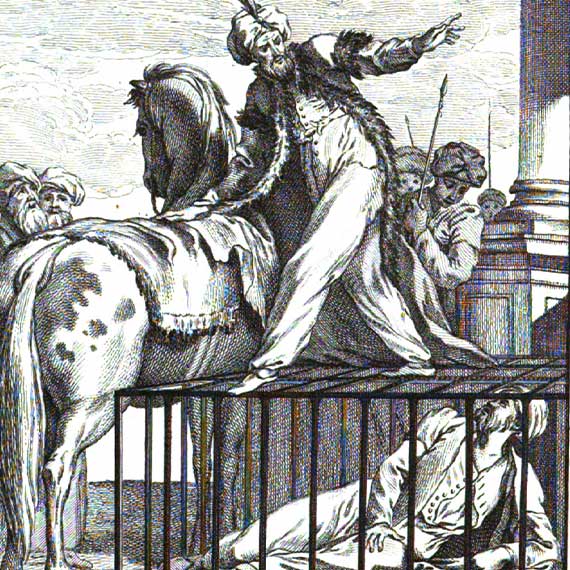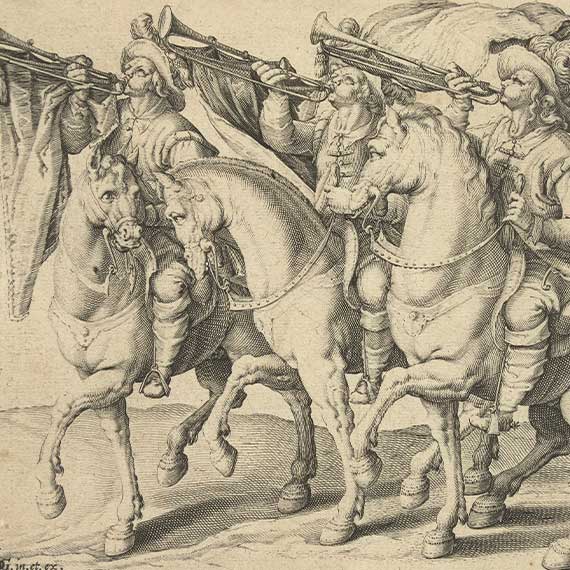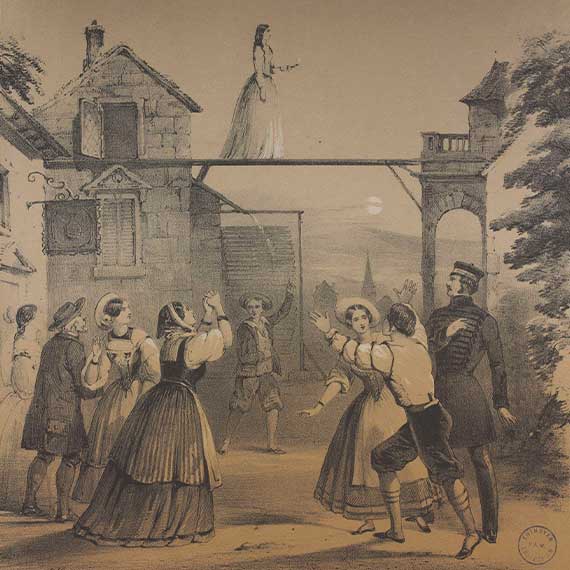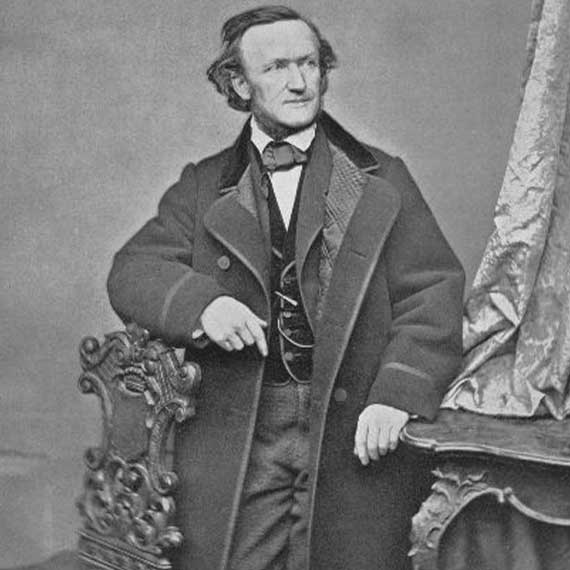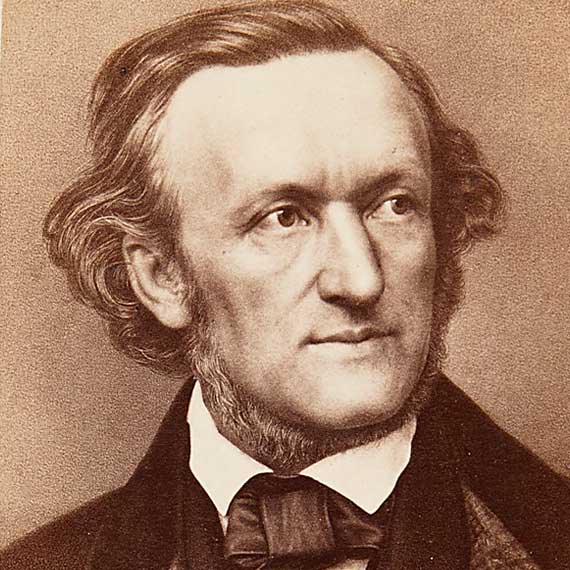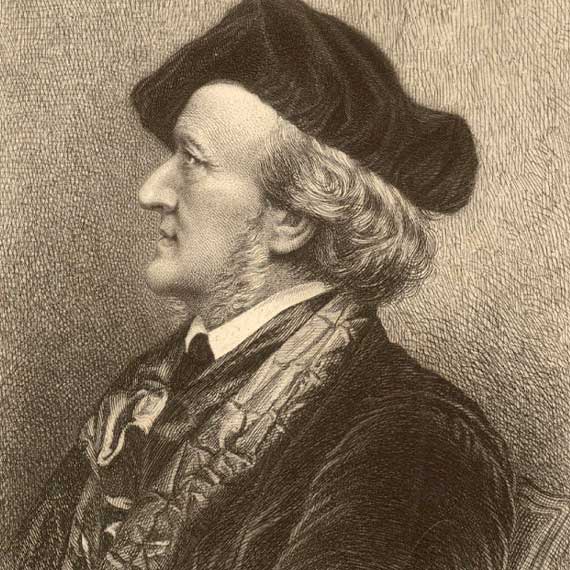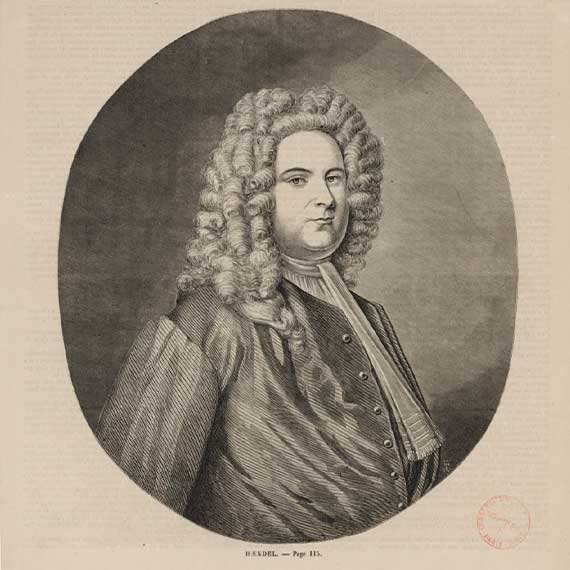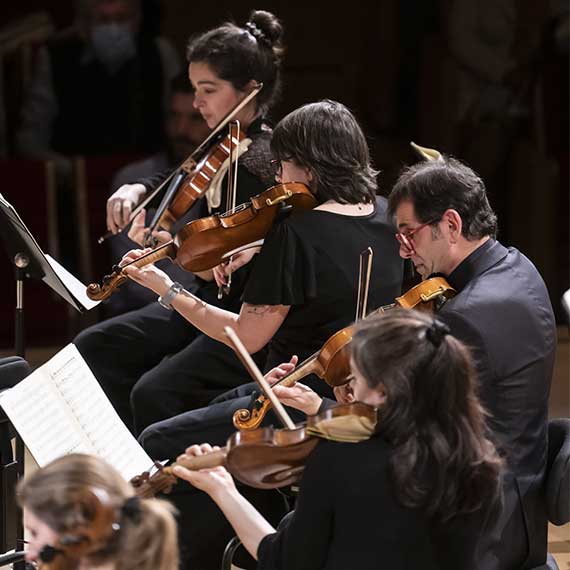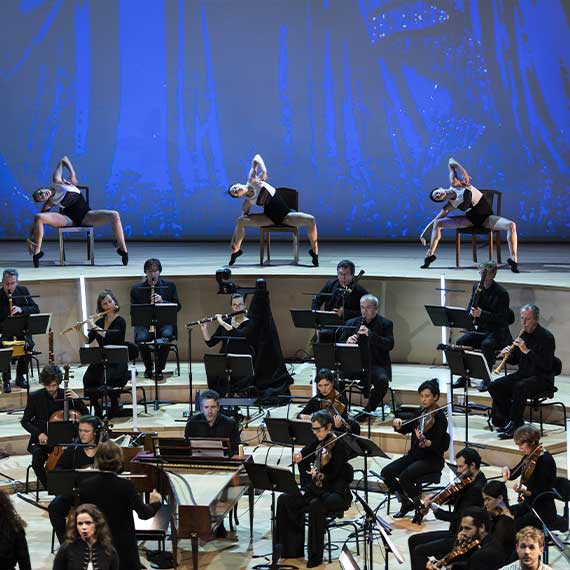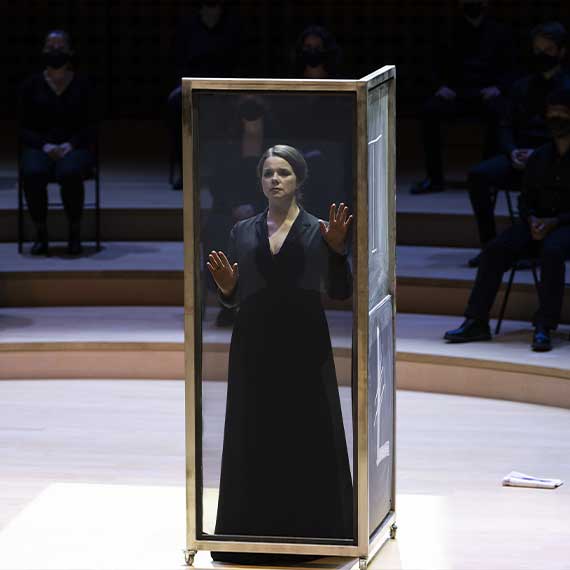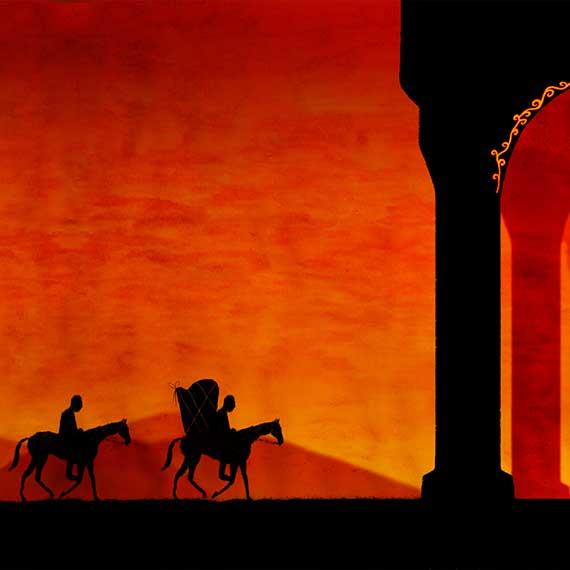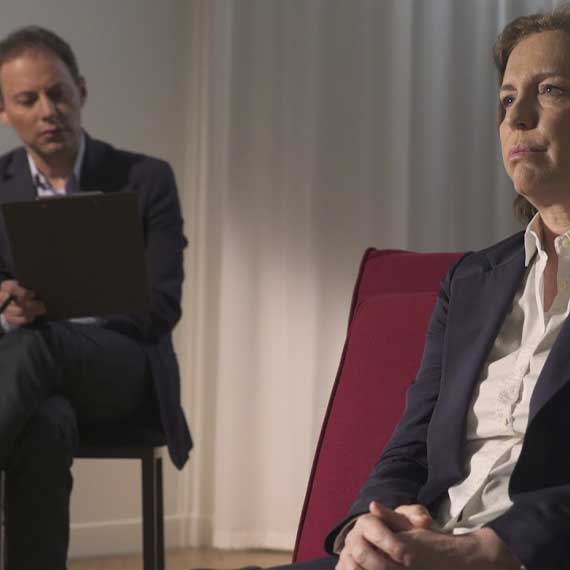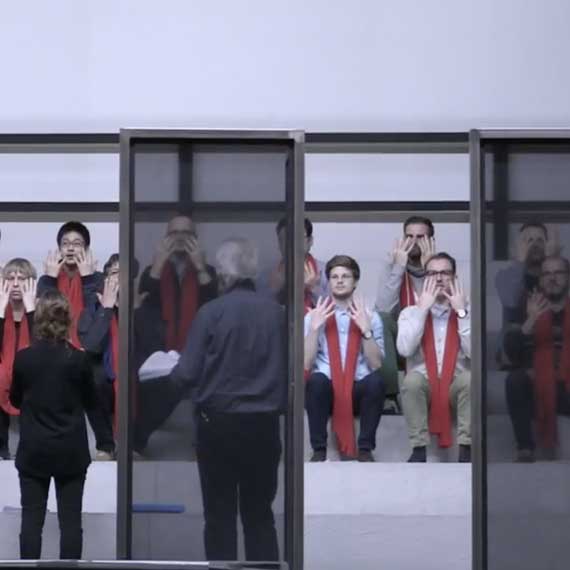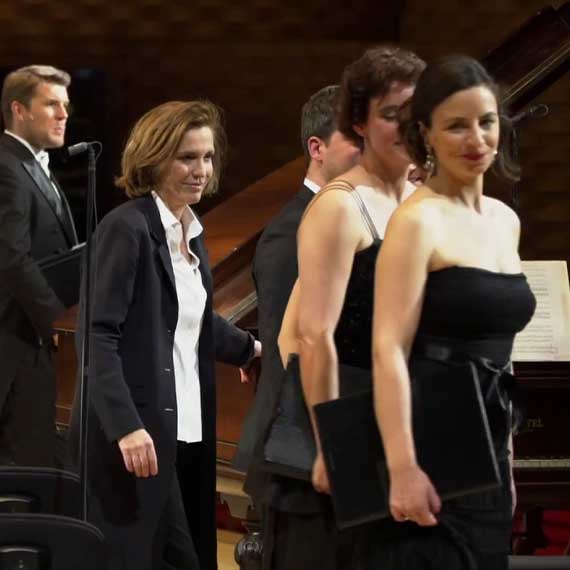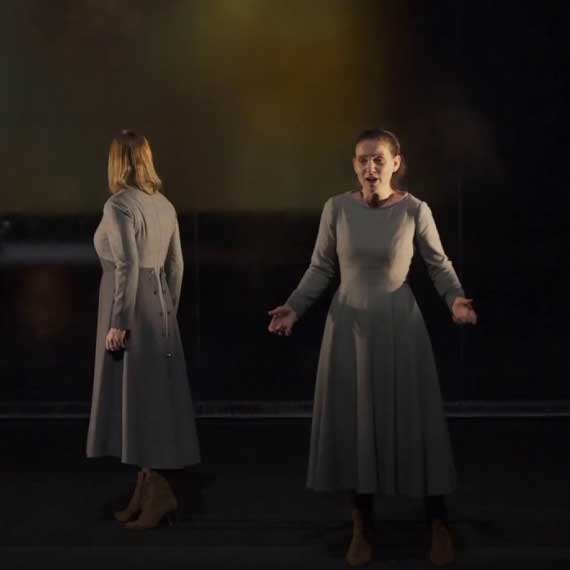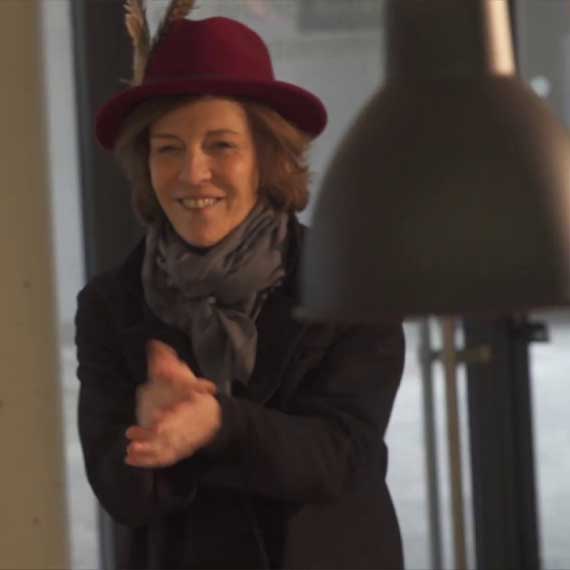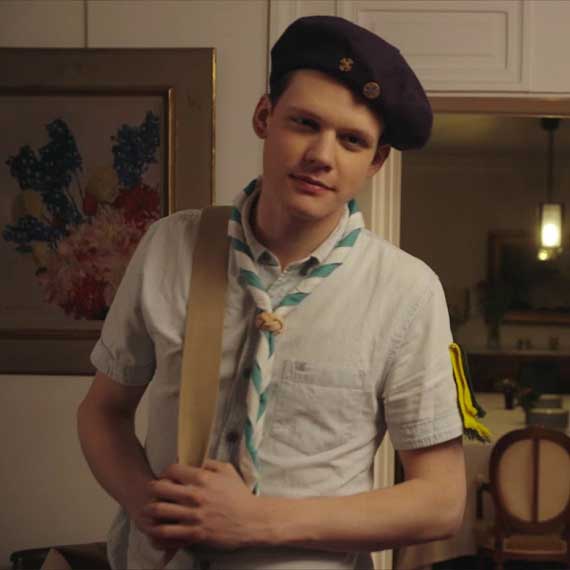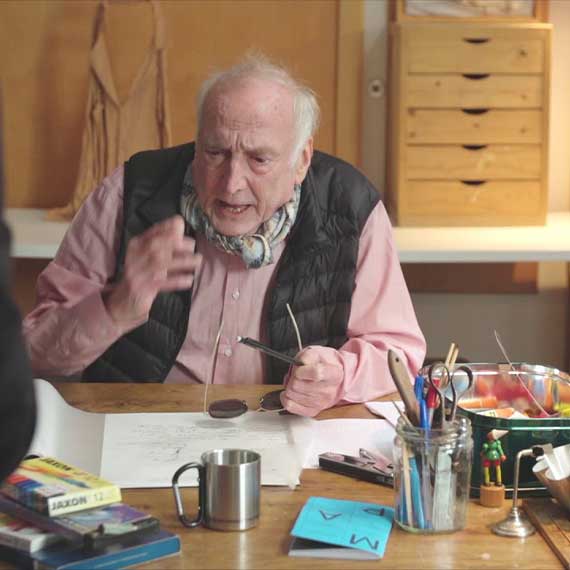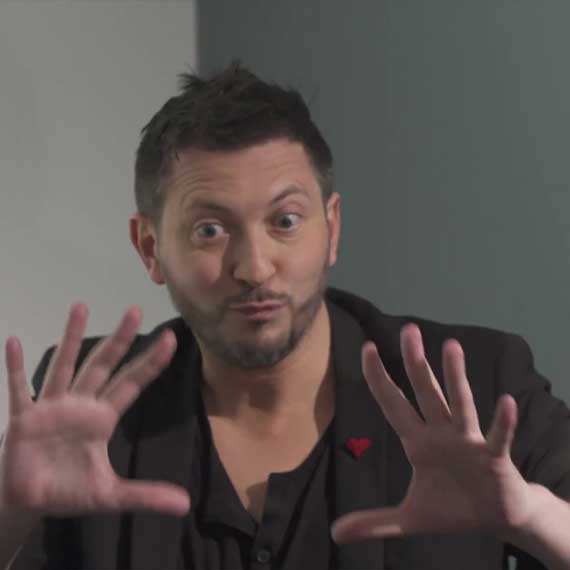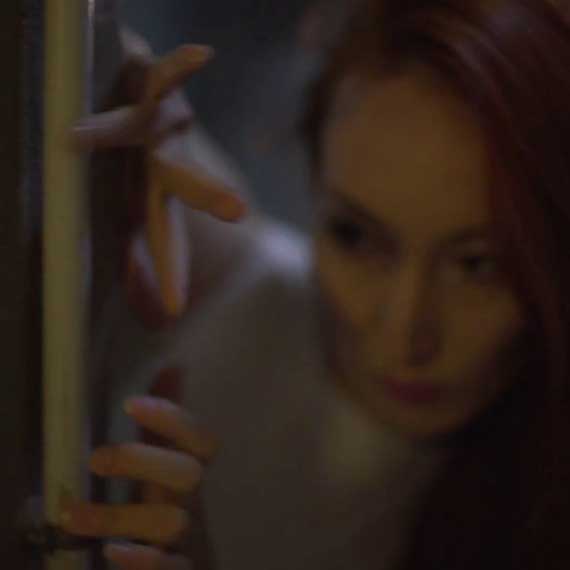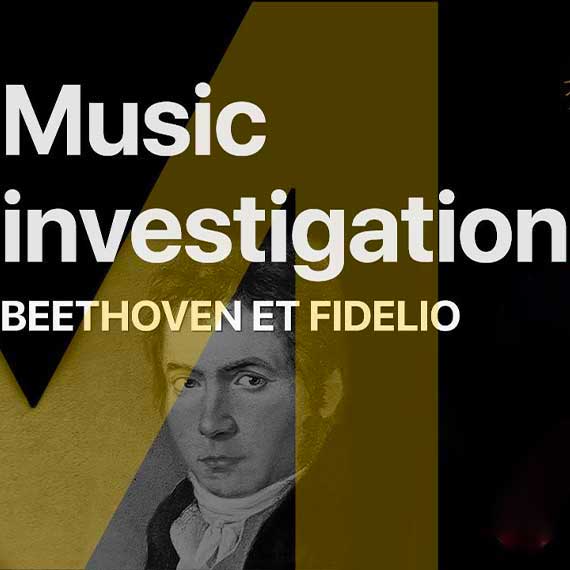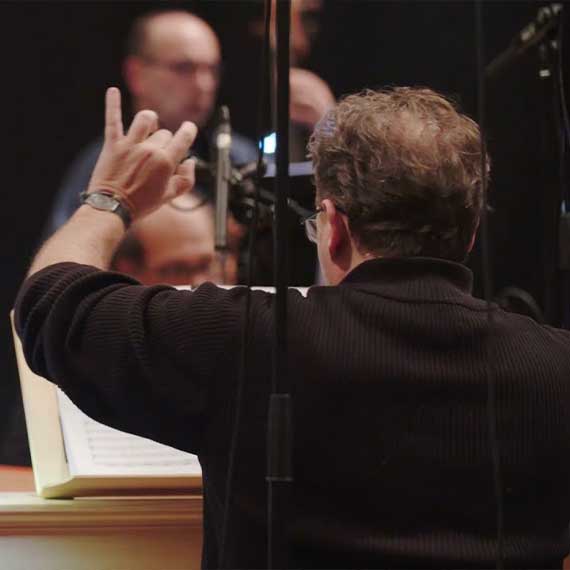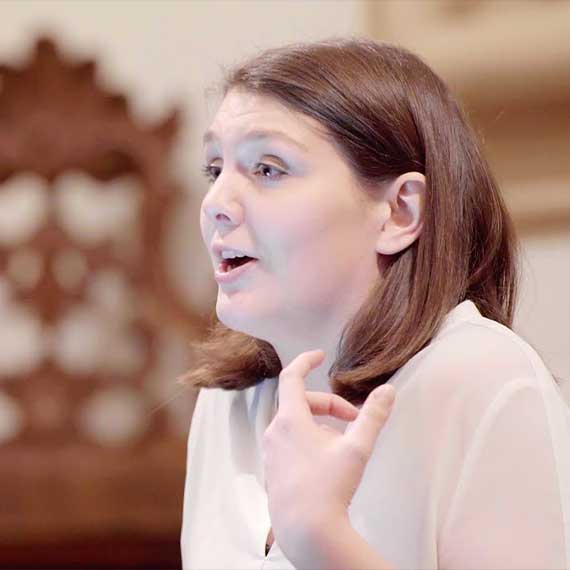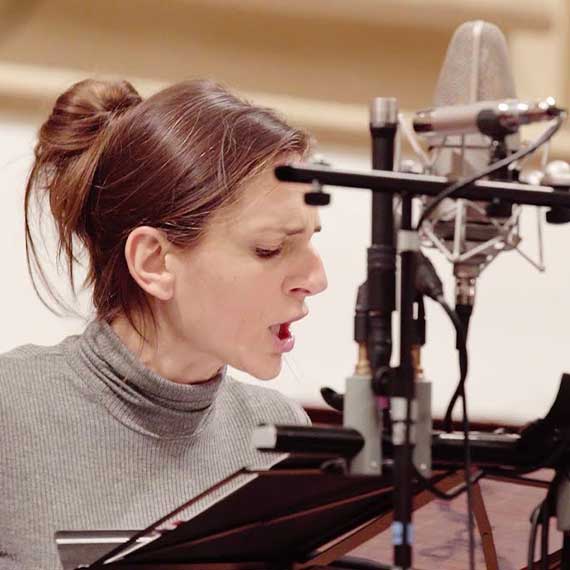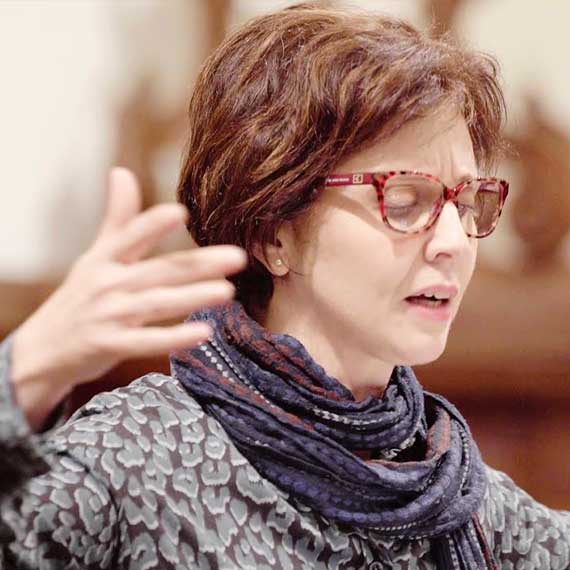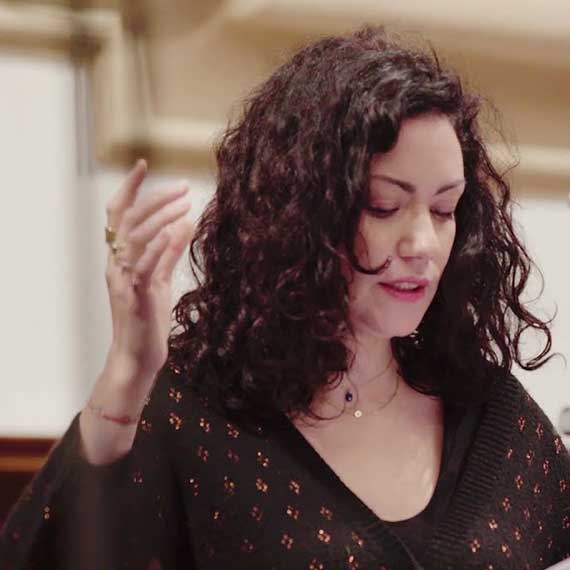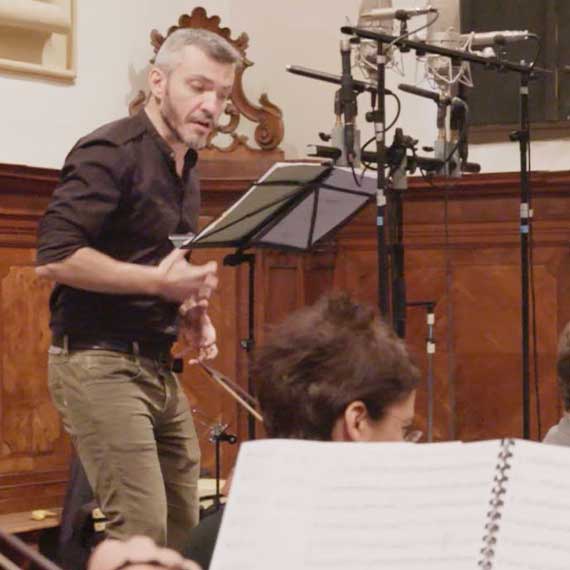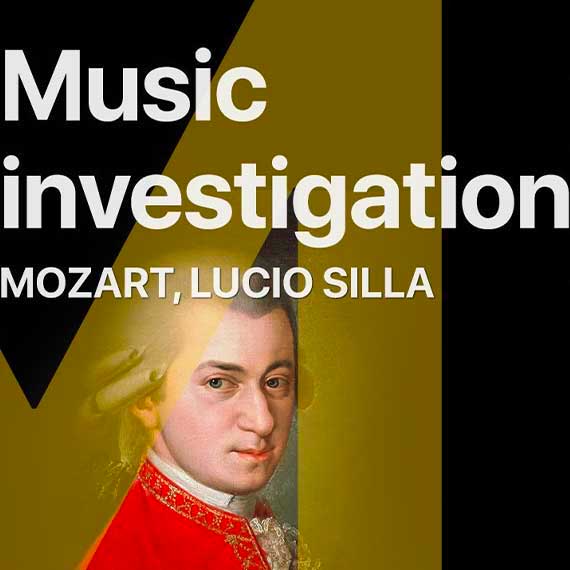Falstaff
Historical instruments
Giuseppe Verdi
[Content available in german only]
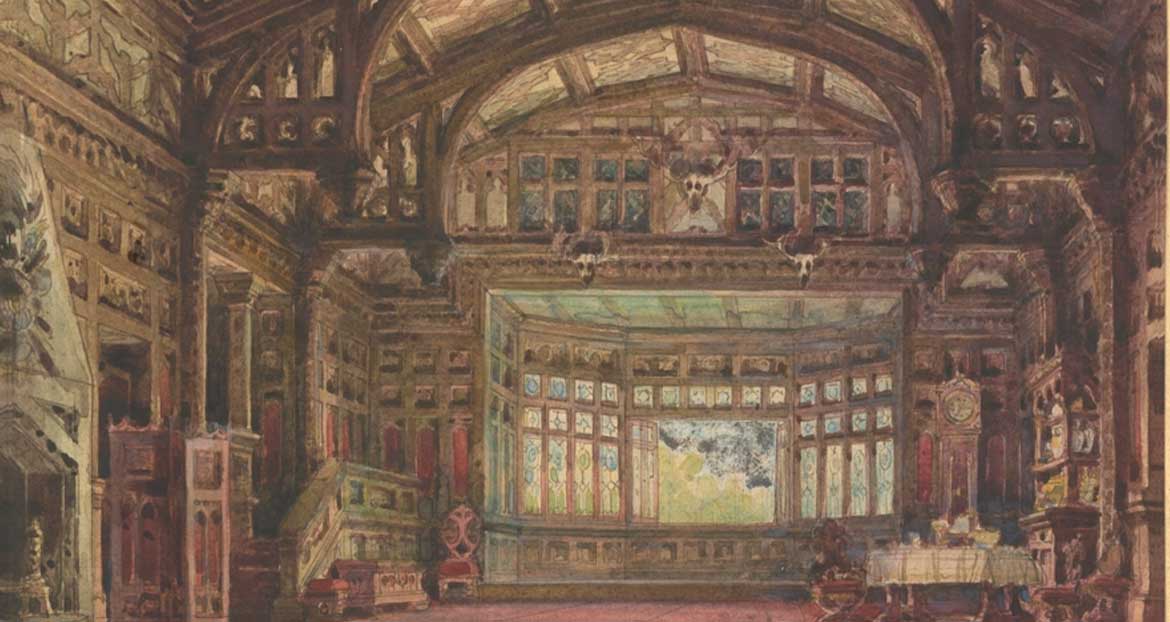
Johannes Bosch
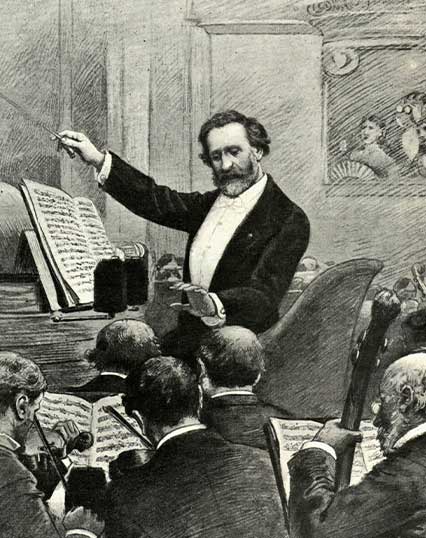
Giuseppe Verdi, Stefano Bianchetti
For the production of Verdi’s opera Falstaff, we asked our musicians to compile information about their chosen historical instruments.
Bassoon
Contributor
Carles Cristobal
Our bassoonist Carles Cristobal presents his original Heckel bassoon from 1883.
Cimbasso
Contributor
Ralf Müller
Ralf Müller presents his cimbasso here and explains why it corresponds to Verdi’s ideal sound of a bass trombone.
In Verdi’s time, it was common to use the so-called bombardone as the bass voice under the classical three-part trombone part. In 1872 Verdi complained in a letter to Giulio Ricordi about the sound of the bombardone in a performance of Aida at La Scala and asked for a fourth trombone, the trombone basso.
The Pelitti workshop in Milan subsequently built an instrument in 1881, which was used as the Trombone-Basso Verdi in Bb in Falstaff and Othello.
Harp
Contributor
Margaret Köll
Our harpist Margaret Köll presents her historical pedal harp by Erard from around 1880.
The central differences to the modern harp are described as follows: “The historical pedal harp has a clearer and more compact sound than a modern instrument. The lower string tension makes it more pleasant to play, but the less accurate action is challenging for the player, especially with regard to tuning the mechanically formed semitones.“
Horn
Contributor
Ulrich Hübner
Our hornist Ulrich Hübner presents here important information on the valve horns used as well as on the natural horn (« Corno senza chiave ») in As basso for the incidental music, which Verdi expressly asked for in the score.
Oboe
Contributor
Meike Güldenhaupt
The oboist Meike Güldenhaupt presents her instrument by Leschke from the 1890s and reports on what it means to find a historical instrument, restore it and make it playable again for concert use.
Timpani
Contributor
Maarten van der Valk
Picture and short description of the historic machine timpani used by our timpanist Maarten van der Valk in Falstaff.
Trombone
Contributor
Matthias Sprinz
Our trombonist Matthias Sprinz presents here his valve trombone, which comes from the factory of G. Battista Cazzani in Milan around 1890.
Valve trombones were common in Italian orchestras in the 19th century. In Falstaff in particular, Verdi made specific use of the special playing techniques of the valve trombones: double and triple grace notes, trills in low registers, light, fast chromatic playing, etc.
The trombone’s overall brightness and lightness were in keeping with the orchestra’s style. All in all, their bright, light sound corresponded far more to the Italian sound ideal at the end of the 19th century than the grave, sublime dark sound of the (slide) trombones in the orchestras of the German-speaking world.
Autres ressources associées
Contenu lié
Falstaff
Bibliothèque
Retrouver les ressources associées à cette œuvre dans notre bibliothèque numérique.
Vous aimerez aussi
Dans le même thème
